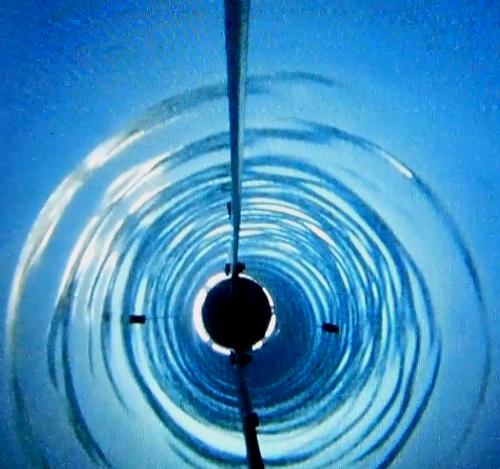Deep drills spot frozen spring of life
 Researchers have found over 4,000 new species an Antarctic lake 800 metres beneath the icy surface.
Researchers have found over 4,000 new species an Antarctic lake 800 metres beneath the icy surface.
The US team discovered a thriving microbial ecosystem in the sub-glacial Lake Whillans packed with metabolically active, single-celled organisms (bacteria and archaea).
The organisms survive completely free from sunlight, converting ammonium to nitrite or feeding on methane.
The samples contained about 130,000 microorganisms in each millilitre of water, a density similar to the deep ocean or ground level low-nutrient lakes.
“Our discovery proves that water is habitable space, even if it's at sub-zero temperatures and there is no sunlight,” researcher John Priscu of Montana State University told New Scientist.
The find was the result of six years of pains-taking work that involved the creation of new, safe sampling procedures, as well as negotiating difficult terrain with complicated equipment.
The drilling was performed using sterile hot water and newly-developed filters, heating, ultraviolet light and hydrogen peroxide. The extensive measures were used to ensure that no contamination could make it into the sample.
Interestingly, the find in one of Earth’s deepest lake will aid the search for life in the other direction.
Astrobiologists say that every time bacterial life is found thriving deep beneath the surface of Antarctica, it increase the chance and range of things to look for in outer space.








 Print
Print